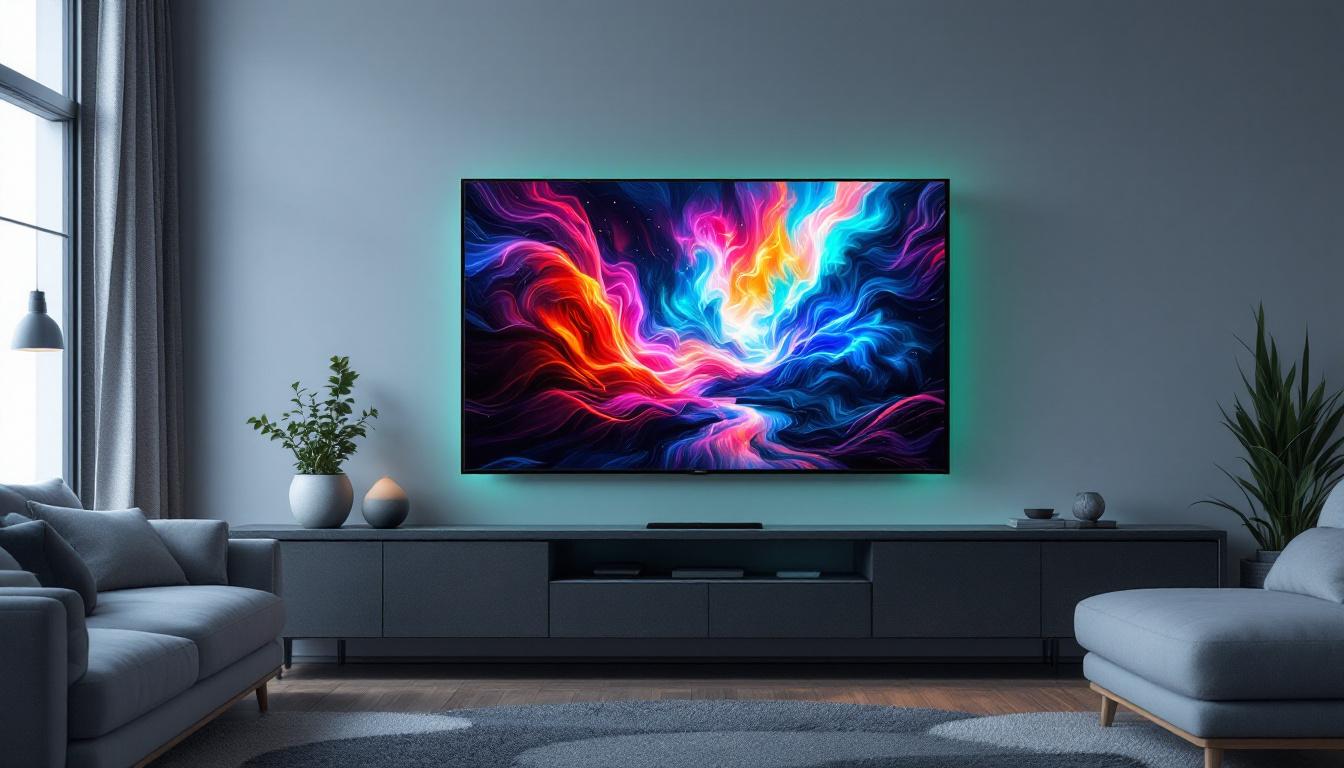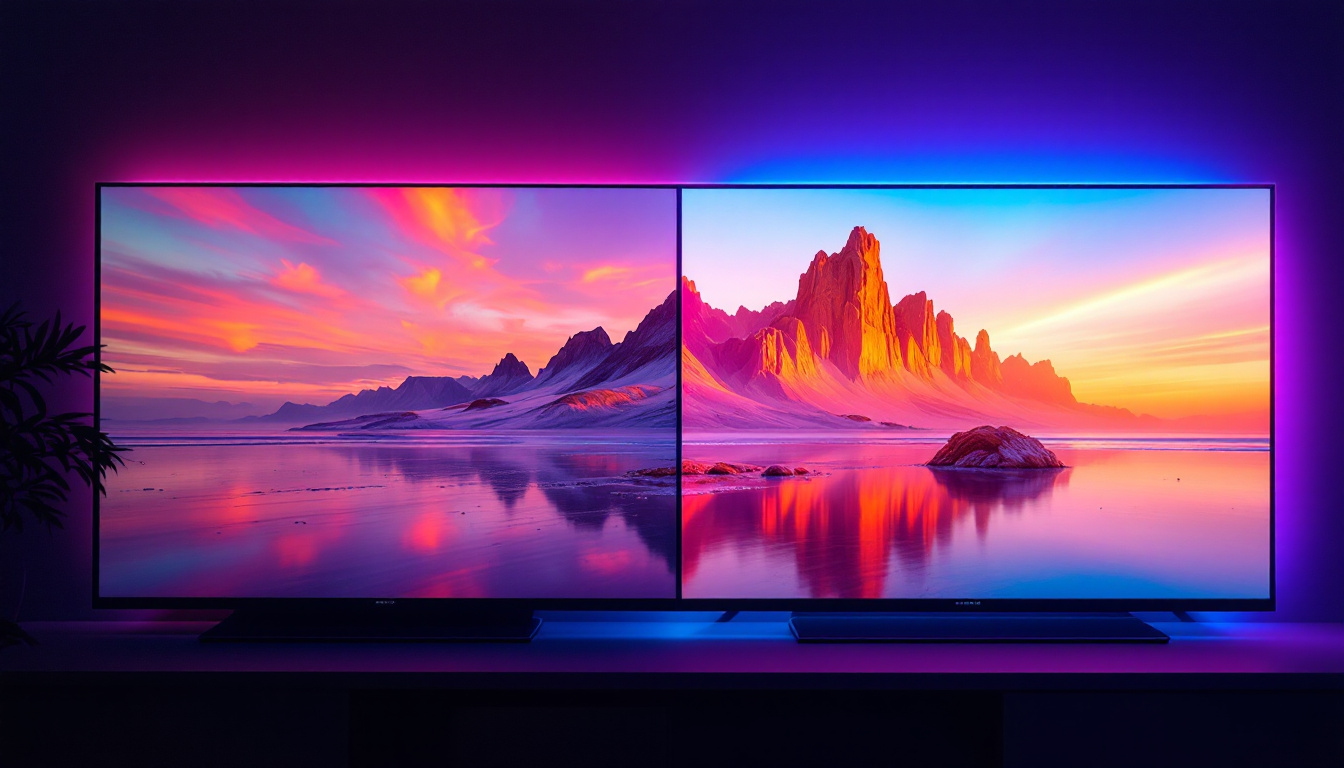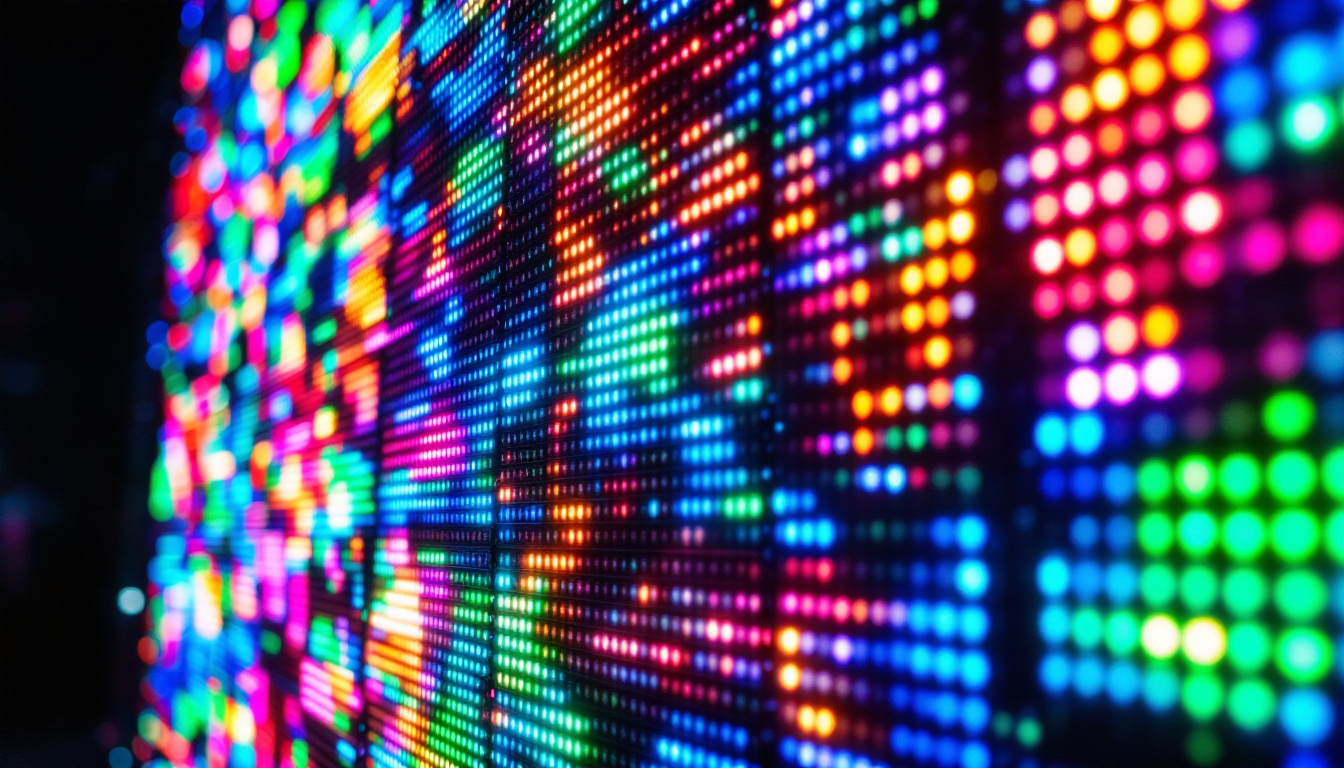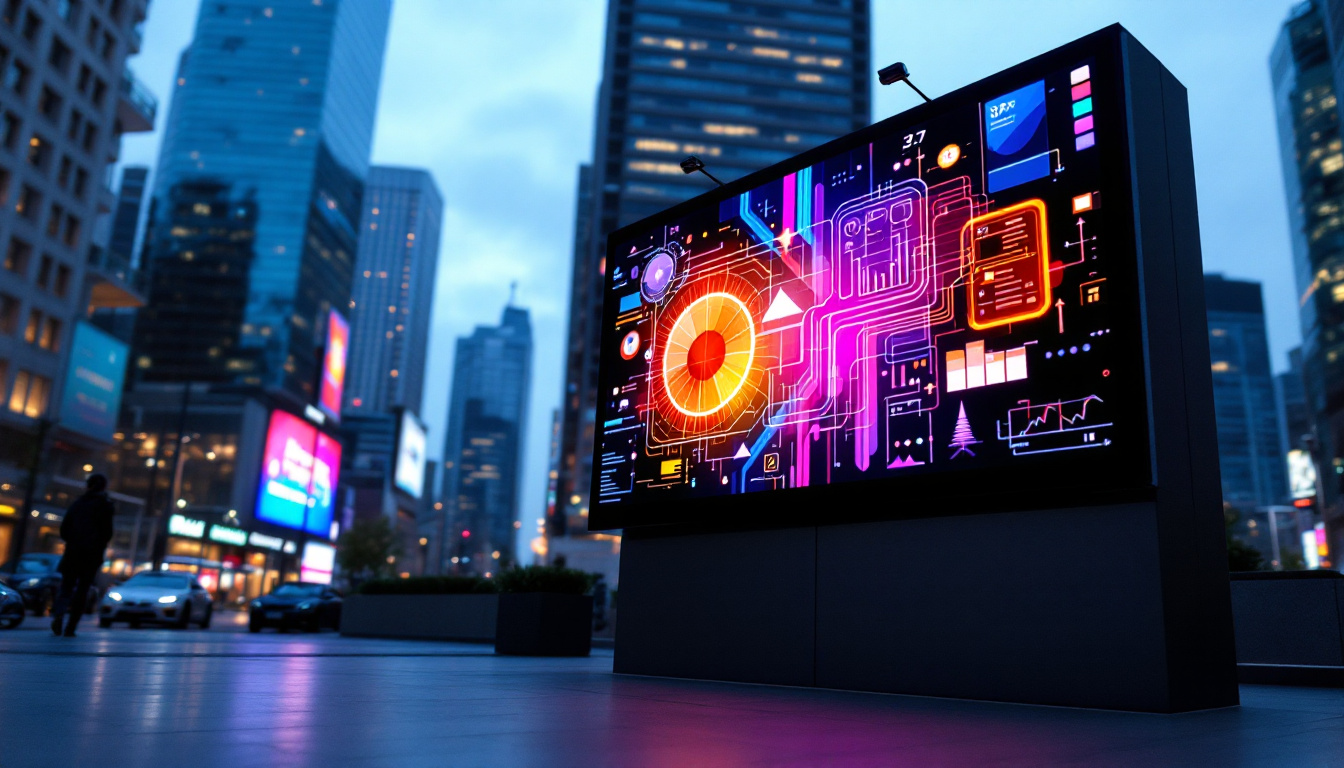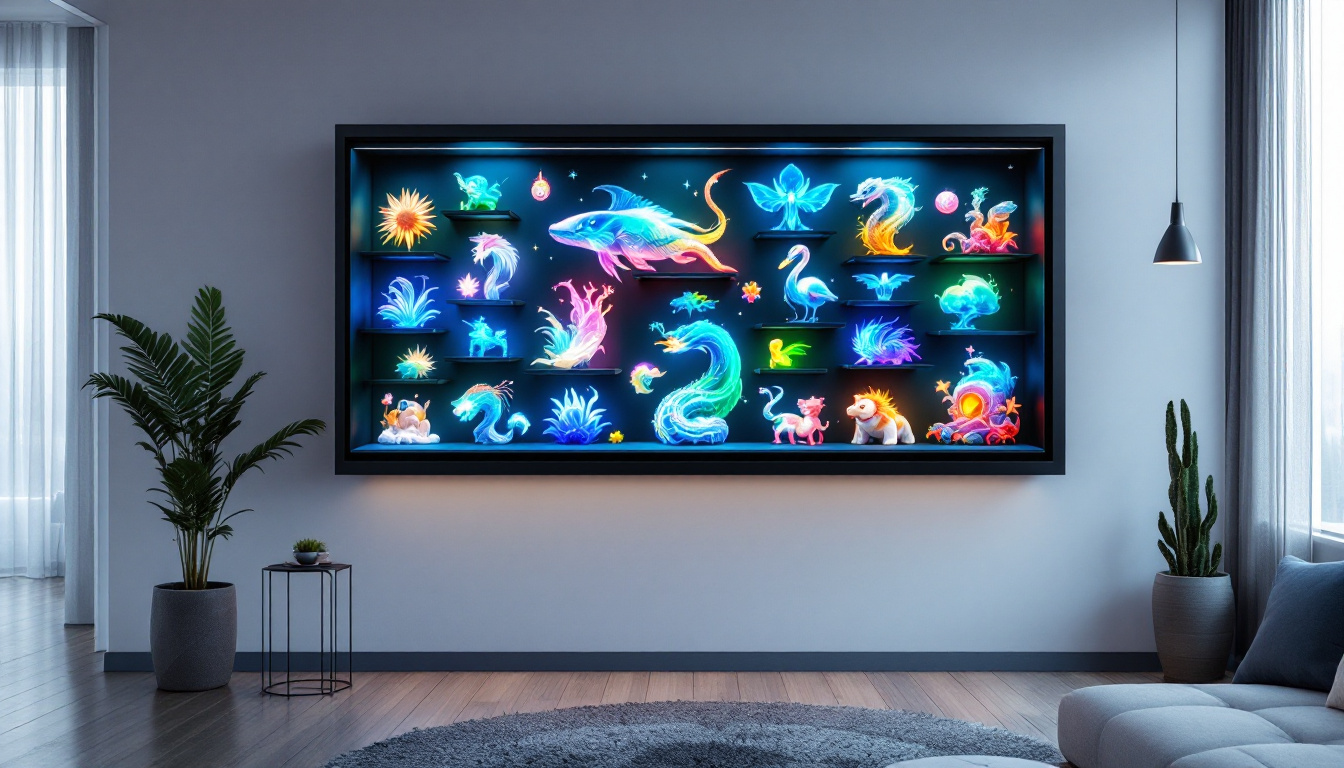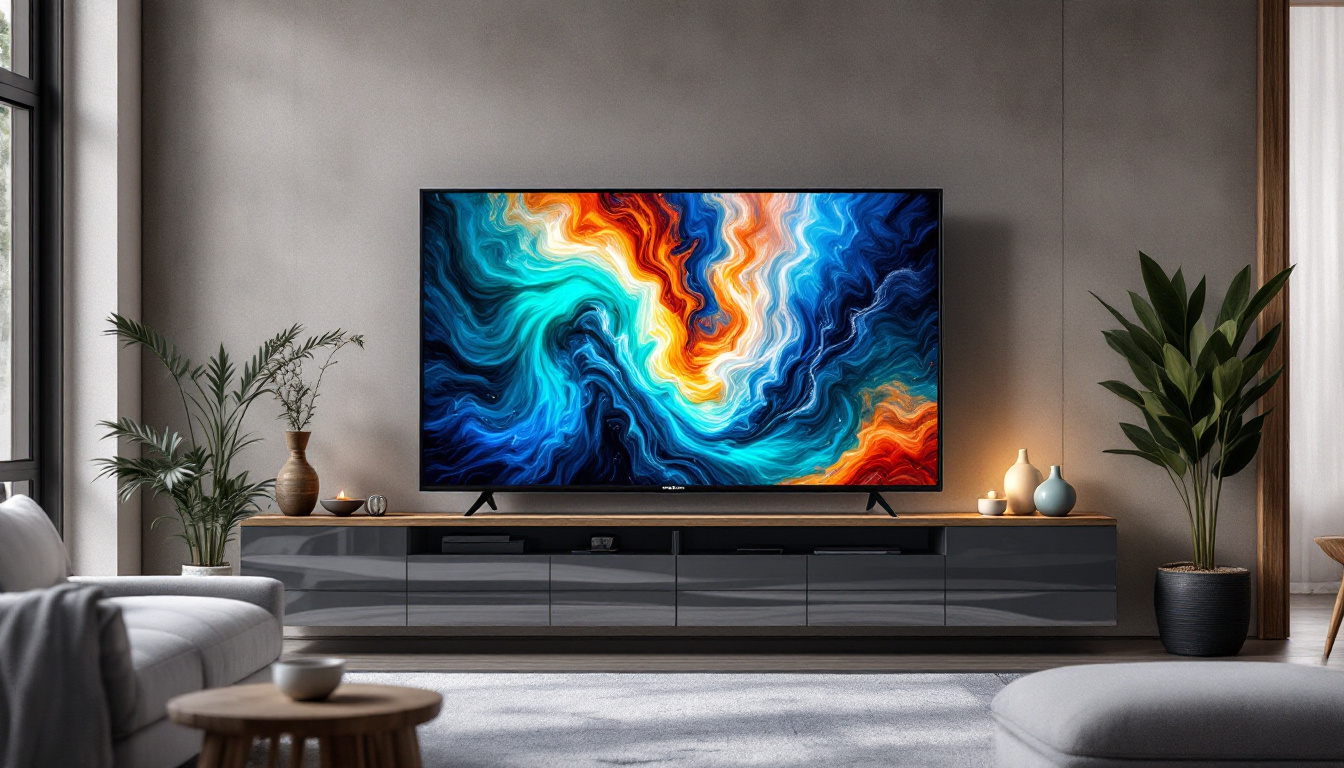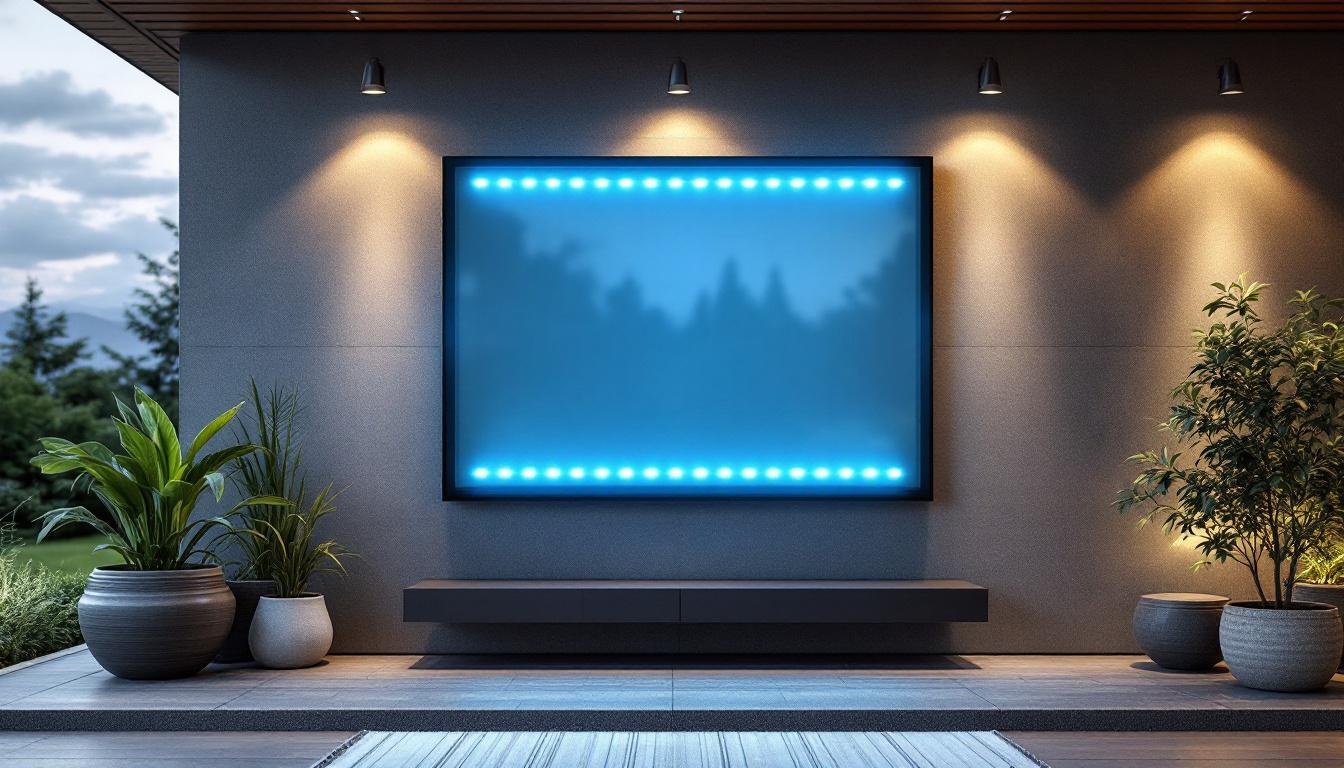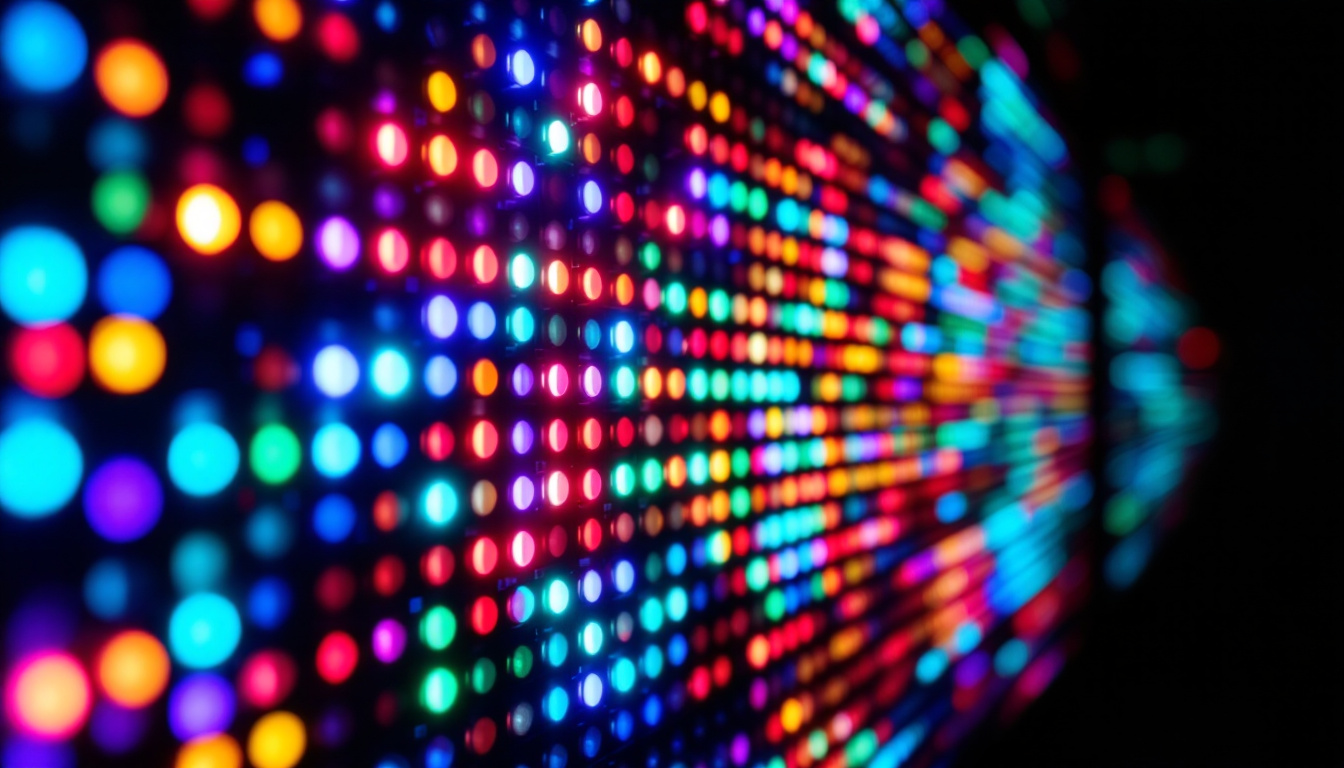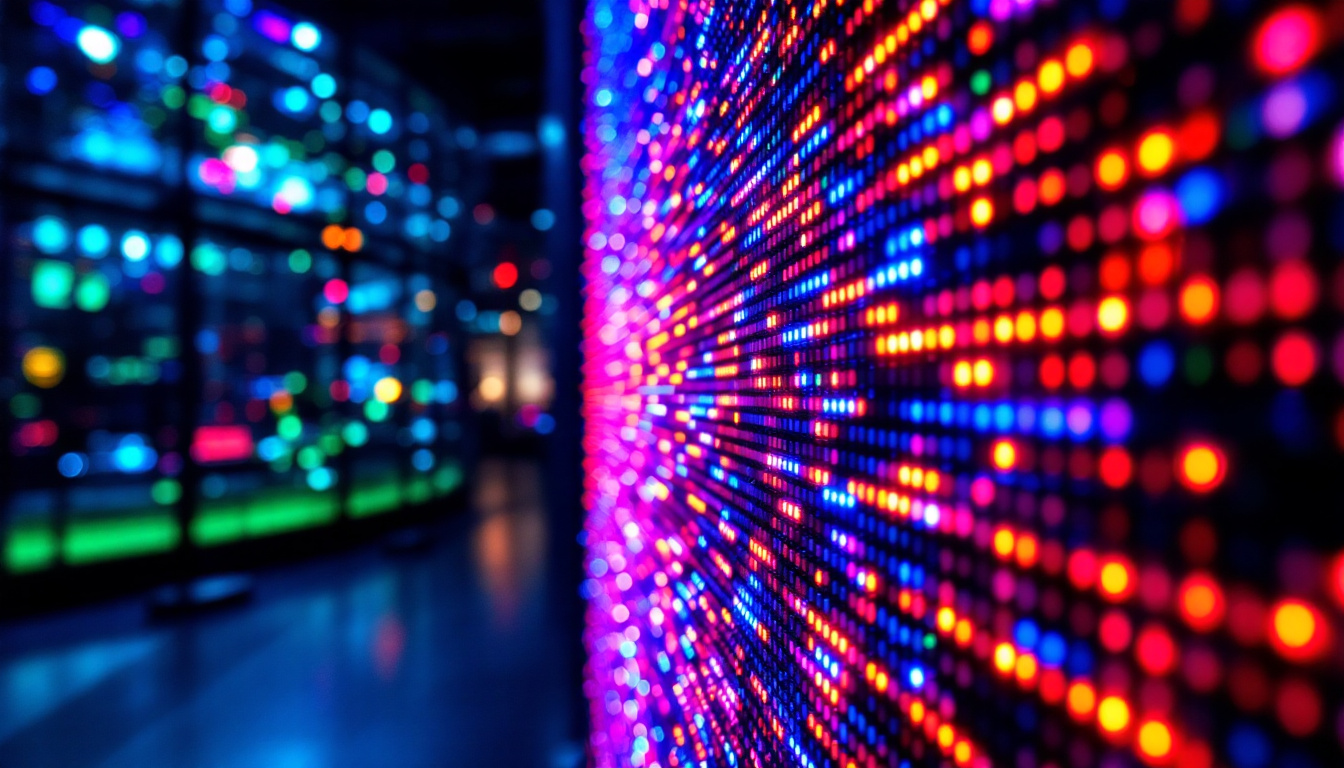In the rapidly evolving world of display technology, understanding the differences between plasma screens and LED displays is essential for anyone looking to purchase a television or monitor. Both technologies have unique characteristics, advantages, and limitations that influence picture quality, energy consumption, and overall user experience. This article delves into the fundamentals of plasma and LED displays, comparing their technologies, performance, and practical applications to help consumers make informed decisions.
Understanding Plasma Screen Technology
What Is a Plasma Screen?
Plasma screens were once the pinnacle of flat-panel display technology, especially popular during the early 2000s. Unlike LCD or LED displays, plasma screens use small cells containing electrically charged ionized gases—known as plasma—to produce images. Each pixel in a plasma display consists of tiny cells filled with a mixture of noble gases, including neon and xenon. When an electric current passes through these cells, the gases become ionized and emit ultraviolet light, which then excites phosphor coatings to produce visible colors. This unique method of image creation allows for a rich and immersive viewing experience that captivated audiences and set a high standard for visual quality in home entertainment.
In addition to their impressive color reproduction, plasma screens were celebrated for their ability to render images with a depth and vibrancy that was unmatched at the time. The technology was particularly favored by movie enthusiasts and gamers, who appreciated the lifelike quality that plasma displays could deliver. As the market evolved, plasma screens became synonymous with high-definition viewing, often being featured in premium home theater setups. Their ability to display a wide color gamut and subtle gradations made them ideal for showcasing cinematic masterpieces and visually stunning video games.
How Plasma Screens Work
The core of plasma technology lies in its ability to create light directly within each pixel. This is different from LCD screens, which rely on backlighting. The plasma cells emit light independently, allowing for deep blacks and vibrant colors. The light emission happens as follows:
- Electric current ionizes the gas inside the cell, turning it into plasma.
- The plasma emits ultraviolet light.
- The ultraviolet light excites phosphor materials coated inside the cell.
- The phosphor emits visible light in red, green, or blue.
This process allows plasma screens to achieve excellent contrast ratios and wide viewing angles, making them highly regarded for home theater use during their peak popularity. Furthermore, the rapid response time of plasma technology means that it can handle fast-moving scenes without the blurring that sometimes plagues other display types. This characteristic made plasma screens particularly appealing for sports fans and action movie lovers, who demanded clarity and precision in every frame.
Advantages of Plasma Screens
Plasma technology offers several benefits that made it a favorite among enthusiasts and professionals:
- Superior Contrast and Black Levels: Because each pixel emits its own light, plasma screens can turn off pixels completely to produce true blacks, resulting in exceptional contrast.
- Wide Viewing Angles: Colors and brightness remain consistent even when viewed from sharp angles, unlike early LCDs which suffered from color distortion.
- Smooth Motion Handling: Plasma displays excel at rendering fast-moving images with minimal motion blur, making them ideal for sports and action movies.
Additionally, plasma screens often boast a more natural color reproduction, which can enhance the viewing experience for films and television shows that rely on subtle color variations. This quality was particularly appreciated by filmmakers and content creators who sought to present their work in the best possible light. The immersive experience provided by plasma technology was not only about the technical specifications; it was also about the emotional connection viewers felt with the content, as the rich colors and deep blacks drew them into the story being told.
Limitations of Plasma Screens
Despite their strengths, plasma screens have notable drawbacks that contributed to their decline in the market:
- Power Consumption: Plasma displays generally consume more energy compared to LED counterparts, which can lead to higher electricity bills.
- Screen Burn-In Risk: Prolonged display of static images can cause permanent ghost images or burn-in, although modern plasma TVs incorporated technologies to mitigate this.
- Weight and Thickness: Plasma screens tend to be heavier and thicker, making wall mounting and transport more challenging.
- Brightness Levels: While plasma excels in dark environments, it typically cannot match the peak brightness of LED displays, affecting performance in well-lit rooms.
Moreover, as technology advanced, manufacturers began to prioritize the development of lighter, thinner, and more energy-efficient display technologies, such as OLED and LED. These newer technologies offered similar or improved picture quality while addressing many of the limitations associated with plasma screens. Consequently, the market saw a shift in consumer preference, as buyers sought out displays that could deliver high performance without the drawbacks of power consumption and burn-in risks. Despite this shift, the legacy of plasma technology remains a significant chapter in the evolution of display technology, and many still hold a fondness for the unique qualities that plasma screens brought to the viewing experience.
LED Display Technology Explained
What Is an LED Display?
LED displays are currently the dominant technology in televisions and monitors. The term “LED” stands for Light Emitting Diode, a semiconductor light source that emits light when an electric current passes through it. However, it’s important to clarify that most LED TVs are actually a type of LCD (Liquid Crystal Display) that uses LEDs as a backlight source instead of traditional fluorescent lamps.
How LED Displays Work
LED displays consist of several layers:
- Liquid Crystal Layer: This layer controls the passage of light to create images by twisting or aligning liquid crystal molecules in response to electrical signals.
- LED Backlighting: LEDs provide the light source behind the liquid crystal layer. These LEDs can be arranged in different configurations, such as edge-lit or full-array backlighting.
- Color Filters: These filters separate the backlight into red, green, and blue components to produce the full spectrum of colors.
The combination of these components allows LED displays to produce bright, sharp images with energy efficiency.
Types of LED Backlighting
LED displays come in several backlighting configurations, each affecting picture quality and cost:
- Edge-Lit LED: LEDs are placed along the edges of the screen, and light is diffused across the panel. This design allows for thinner displays but can suffer from uneven brightness.
- Full-Array LED: LEDs are distributed evenly behind the entire screen, providing more uniform brightness and better contrast control.
- Full-Array with Local Dimming: This advanced version allows specific zones of LEDs to dim independently, enhancing contrast by deepening blacks without sacrificing brightness in other parts of the image.
- Mini-LED: A recent innovation using thousands of tiny LEDs for even more precise local dimming and improved HDR performance.
Advantages of LED Displays
LED technology offers several compelling benefits that have driven its widespread adoption:
- Energy Efficiency: LED displays consume significantly less power than plasma screens, contributing to lower operating costs and environmental impact.
- Brightness and HDR Capability: LEDs can achieve high peak brightness levels, enhancing visibility in bright rooms and enabling vivid High Dynamic Range (HDR) content.
- Thin and Lightweight Designs: LED TVs are generally slimmer and lighter, making them easier to mount and integrate into modern living spaces.
- Longevity and Durability: LED displays have a longer lifespan and are less susceptible to screen burn-in compared to plasma.
Limitations of LED Displays
Despite their advantages, LED displays have some downsides:
- Viewing Angles: Traditional LED LCDs can suffer from color and brightness shifts when viewed off-center, although newer technologies like IPS panels have improved this.
- Contrast Ratios: Because the backlight is always on, achieving true black levels is challenging, even with local dimming.
- Motion Blur: Some LED displays may exhibit motion blur, though higher refresh rates and advanced processing have reduced this issue.
Comparing Plasma and LED Displays
Picture Quality and Color Accuracy
Plasma screens traditionally offered superior color accuracy and deeper blacks due to their self-emissive pixels. This made them excellent for cinematic viewing in controlled lighting environments. LED displays have made significant strides, especially with full-array local dimming and mini-LED technology, narrowing the gap in black levels and color vibrancy. However, in very dark scenes, plasma still tends to deliver a richer experience.
Energy Consumption and Environmental Impact
LED displays are generally more energy-efficient, consuming up to 30-50% less power than plasma TVs of similar size. This efficiency not only reduces electricity costs but also lessens environmental impact. For eco-conscious consumers, LED displays are the preferred choice.
Durability and Maintenance
LED displays typically have longer lifespans, often exceeding 60,000 hours of use, while plasma screens average around 30,000 to 60,000 hours. Additionally, plasma screens are more prone to screen burn-in if static images are displayed for extended periods, whereas LED screens are less susceptible to this issue.
Price and Availability
As of the mid-2020s, plasma screens have largely been phased out of production by major manufacturers, making them difficult to find new. LED displays dominate the market, available in a wide range of prices and sizes. For consumers seeking the latest technology and support, LED is the practical choice.
Practical Applications and Consumer Considerations
Choosing the Right Display for Your Needs
When selecting between plasma and LED displays, consider the following factors:
- Viewing Environment: Plasma excels in dark rooms, while LED performs better in bright environments due to higher brightness levels.
- Usage Patterns: For gaming or watching fast-action content, plasma’s smooth motion handling is advantageous, but modern LED displays with high refresh rates also perform well.
- Longevity and Usage Intensity: LED displays are better suited for prolonged use and static images due to lower burn-in risk.
- Budget and Availability: LED displays offer a wider range of options at various price points and are more readily available.
Emerging Technologies and Future Trends
While plasma technology has largely been discontinued, the display market continues to innovate. OLED (Organic Light Emitting Diode) technology, which shares some self-emissive properties with plasma, offers superior contrast and color performance with lower power consumption. Meanwhile, advancements in LED technology, such as quantum dot LEDs (QLED) and mini-LEDs, continue to enhance picture quality and efficiency.
Understanding the evolution from plasma to LED and beyond helps consumers appreciate the strengths and limitations of each technology, guiding smarter purchases in an increasingly complex market.
Conclusion
Plasma screens and LED displays each have distinct technological foundations that shape their performance characteristics. Plasma’s self-emissive technology delivers exceptional contrast and color accuracy, especially in dark viewing environments, but suffers from higher power consumption and burn-in risks. LED displays, with their energy-efficient backlighting and bright images, dominate today’s market, offering versatility and longevity.
For those seeking the best picture quality in controlled lighting and who can find plasma screens, they remain a compelling choice. However, for most consumers, LED displays provide a balanced combination of performance, efficiency, and availability. As display technology continues to advance, staying informed about these differences ensures that viewers can select the ideal screen to meet their entertainment and professional needs.
Discover the Future of LED Displays with LumenMatrix
As you consider upgrading your viewing experience, embrace the future with LumenMatrix’s innovative LED display solutions. From the comfort of your home to the excitement of outdoor events, LumenMatrix offers a diverse range of products including Indoor LED Walls, Outdoor LED Displays, and specialized options like Vehicle and Sports LED Displays. Experience unparalleled visual quality and performance that only a leader in LED technology can provide. Check out LumenMatrix LED Display Solutions today and transform your visual communication into an extraordinary spectacle.

